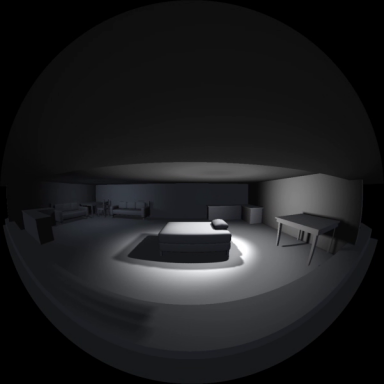Graphics programmers are quite used to the idea of specular highlight. It is usually more or less understood, or accepted, to be the reflected part of the incoming light, on top of the one that sort of bounces in every direction and that is referred to as the diffuse part. The specular term happens to have a very physical meaning though (which I won’t elaborate on for this time) and the interesting property of being polarized while the diffuse part is not.
This property is used by photographers, who add polarizing filters to their gear in order to eliminate glares and reflections from their shots when taking photos through glass or water for instance.
John Hable has written a very interesting article showing how to split specular and diffuse in real images. He later wrote another article showing that specular often contributes more than we expect for matte materials. Both help giving an idea of the importance of the specular term as well as getting the eye trained to identify it.

